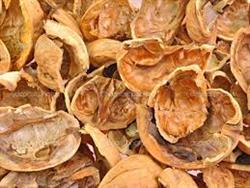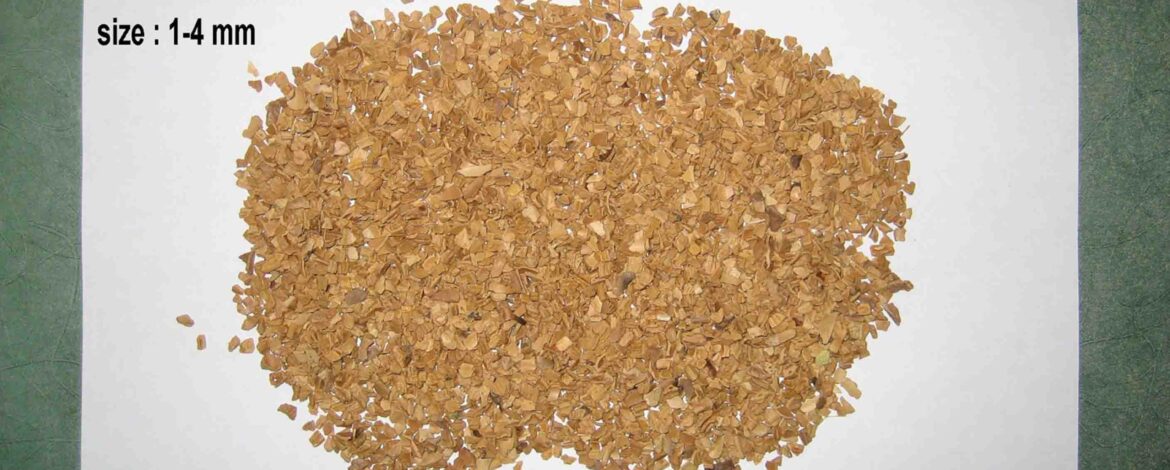2025 Market Analysis & Insights
Growing Demand for Walnut Shells Across South America
Walnut shells are rapidly becoming an essential raw material in industries such as cosmetics, filtration, sandblasting, and oil drilling. Their natural hardness, biodegradability, and low silica content make them a sustainable alternative to synthetic abrasives.
In South America, especially countries like Chile, Argentina, and Brazil, the market for walnut shells is expanding. Understanding the walnut shell price in South America is crucial for importers, industrial users, and agricultural exporters looking to capitalize on this trend.

Current Walnut Shell Price in South America
Price Range and Influencing Factors
As of mid-2025, the average walnut shell price in South America ranges between $180 and $420 per metric ton. Pricing depends on several key factors:
-
Grade and purity
-
Processing level (raw, crushed, granulated)
-
Particle size (measured in mesh)
-
Packaging and bulk quantity
-
Shipping logistics and port access
Prices tend to be lower in walnut-growing regions and higher near industrial hubs where demand exceeds supply.
Country-Specific Trends
-
Chile: Competitive pricing due to high walnut production; crushed walnut shell is available around $200–$300/ton.
-
Argentina: Slightly higher prices due to lower domestic processing; around $250–$350/ton.
-
Brazil: Prices vary widely depending on region and distance from supply sources.
What Drives Walnut Shell Prices in South America?
1. Agricultural Output and Harvest Cycles
Walnut harvesting in South America typically occurs between March and May, depending on the country. Annual yield, weather conditions, and export levels all impact local availability and prices.
2. Export Demand and Industrial Use
South America exports walnut shells primarily to:
-
North America (for blasting media)
-
Europe (for cosmetic-grade shell powder)
-
Asia (for oilfield services)
As global demand rises, local prices increase due to stronger export competition.
3. Logistics and Infrastructure
Transportation costs can significantly affect the final price. Buyers in inland or remote areas may face higher costs due to limited infrastructure, especially in regions without direct access to processing facilities or ports.
Where to Buy Walnut Shells in South America
Trusted Supplier Regions
Top walnut-producing areas include:
-
Maule and O’Higgins (Chile)
-
Cuyo Region (Argentina)
-
Southern Minas Gerais (Brazil)
For commercial sourcing, consider B2B platforms such as:
-
Alibaba
-
AgroPages
-
Latin America Trade Hub
-
Local agricultural co-ops and walnut processors
Buying Tips
-
Request samples and mesh size certification
-
Compare FOB and CIF pricing for international orders
-
Negotiate bulk discounts and off-season contracts for better rates
Final Thoughts: Monitor Prices to Optimize Sourcing
The walnut shell price in South America is influenced by harvest conditions, industrial demand, and export activity. With increasing global interest in eco-friendly abrasives and organic exfoliants, staying informed about local market conditions can give your business a competitive edge.
For the best deals, partner directly with regional suppliers and consider long-term contracts to lock in favorable prices.

